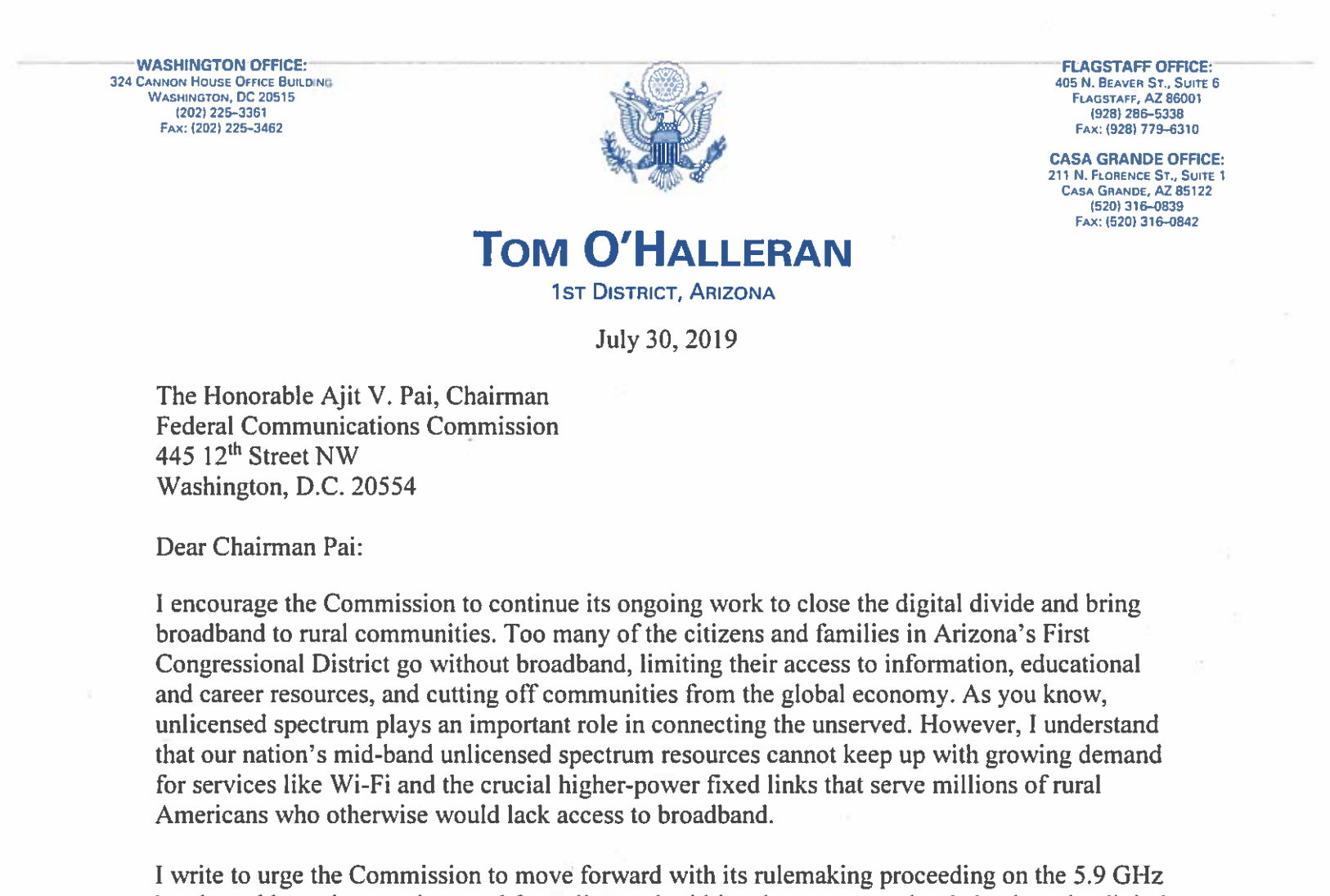

Spectrum is a finite resource and it’s critical we use innovative policies, technologies and approaches to get the most out of our airwaves to connect the most people, deploy 5G networks and get the most out of public airwaves for public benefit.
Increasingly sophisticated technologies using databases and radio sensing technologies mean countries can implement new spectrum sharing models that can dynamically allocate spectrum between different tiers of users while also protecting users already in the band.
We are using wireless devices and consuming more bandwidth at an ever-increasing rate, but the vast majority of spectrum frequencies are unused in most places and at most times.
Think of it like cars: our cars are parked 95% of the time. This inefficiency places a significant strain on our cities, from parking issues to costs. Widespread sharing of vehicles, either through existing services like Zipcar or Uber, or, eventually, through automated vehicles, would lead to substantially lower overall spending on cars, lower emissions and happier consumers.
Dynamic spectrum sharing works the same way as ridesharing — by using databases and sensing technology and frameworks that prioritize certain users, devices can use spectrum when it is not in use without interfering with existing services.
A few examples of this are already at work in the United States, in the 3.5 GHz band or Citizens Broadband Radio Service (CBRS).
In cases where a band is being partially used by an incumbent, such as a public agency or the military, this spectrum could be a candidate for tiered spectrum sharing of the kind employed in the 3.5 GHz band in the U.S.
CBRS is a first-of-its-kind policy approach to sharing spectrum. Licenses covering smaller areas than typical cell licenses were auctioned off to a wide variety of users — including Wireless Internet Service Providers (WISPs) serving rural areas and companies like Chevron and John Deere. The CBRS will help traditional cell phone operators and other enterprises to add additional capacity to their networks and invest in private networks while keeping federal users in place.
Thirty years ago, the Federal Communications Commission (FCC) had a handful of underused frequencies, including portions of the 900 MHz, 2.4 GHz, and 5.8 GHz bands. They were scraps of spectrum where conventional wisdom said demand for wireless licenses would be limited. Instead of following the traditional route and providing licenses for single operators to control these bands for specific purposes, the FCC designated its first significant swaths of unlicensed spectrum in the so-called “junk bands.”
As long as innovators followed a few rules in this spectrum, they could innovate. A lot happened in the interim, including the development of a standard — 802.11. That’s Wi-Fi, which is now on its sixth generation. Because of the light regulation of these bands, low barriers to entry and the FCC periodically dedicating new spectrum for unlicensed uses, we’ve seen the fruits of this “permissionless innovation” beyond Wi-Fi: ZigBEE, RFID, WirelessHART, LoRa and Bluetooth, to name a few. These technologies have contributed billions to the economy as well as transformed the way we run our networks and get online.
A balanced approach to spectrum policy is crucial to ensuring the U.S. has the fastest, most resilient networks to promote economic competitiveness.